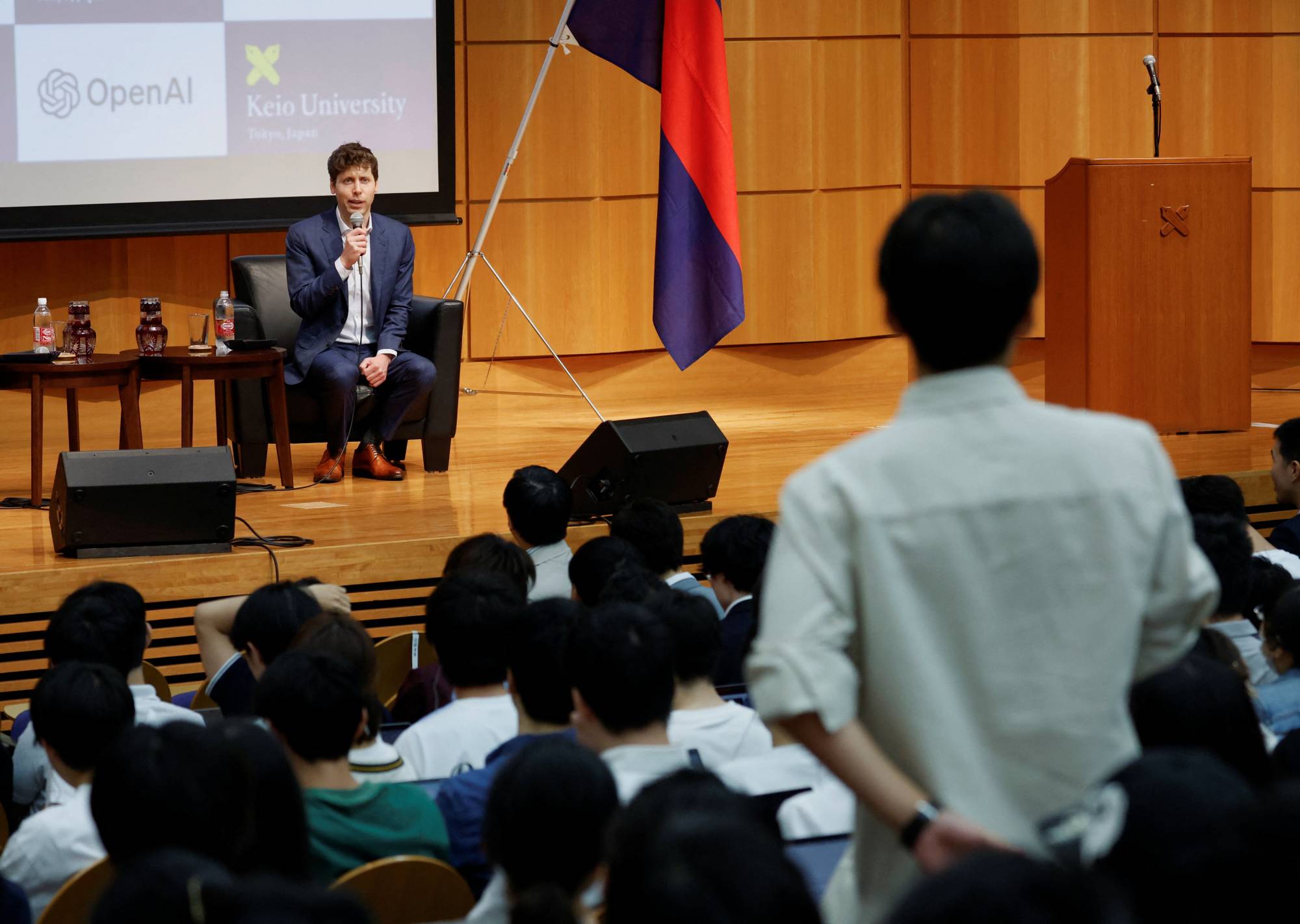I’ve found no better guide through the thickets of high-tech than Kara Swisher.
Her opinions will offend some — she is a self-described “liberal, lesbian Donald Trump of San Francisco” — but few have studied the scene longer or with the intensity and have her insight. One of her eyebrows is permanently raised when assessing tech entrepreneurs and the prospects generally of their most groundbreaking work.
A near constant theme of hers is their refusal to acknowledge — or seriously consider — the downsides of their creativity, the dangers that new technologies pose and the damage that they can do. Swisher’s skepticism is rooted in two powerful, perhaps overwhelming, drivers of behavior. The first stems from the basic truth that it is difficult to make someone appreciate the negative consequences of something when their future and fortune depend on it. The second is Silicon Valley’s readiness to “move fast and break things,” which not only encourages disruption but prioritizes speed above all other considerations: “if I don’t do it, someone else will.” Both put immediate returns above any other concern.



















With your current subscription plan you can comment on stories. However, before writing your first comment, please create a display name in the Profile section of your subscriber account page.